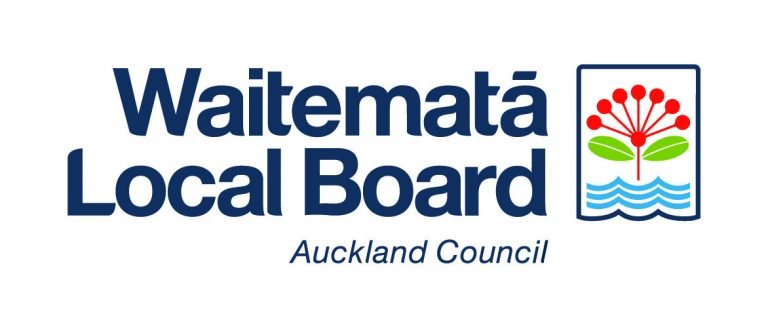1827 - French explorer, Dumont d'Urville, describes attempting to reach the top of Maungawhau
1840 - Ngāti Whātua rangatira, Apihai Te Kawau, sold a 3000 acre wedge of land on the southern shore of the Waitematā Harbour to Governor Hobson to found the new capital of New Zealand. It covered the area on which central Auckland now stands and included the whole of the area now known as Newmarket. The majority of Newmarket Park was included in this gift
1840 – main routes planned out from Waitematā Harbour – junction of which was Newmarket. A natural gateway to and from the main city was formed
1840s - A papakāinga, a fully fenced Māori village near the end of Sarawia Street, was identified on a 1840s survey map laying out Newmarket’s first streets
1841 – earliest subdivision in Newmarket recorded for sale (June 1841). Early settlers and land speculators were a diverse group of businessmen, labourers, lawyers, farmers, men of the cloth and government officials
1842 - Governor Hobson is given another 8,000 acre block of land, this time taking in the remainder of the Newmarket area ensuring Pākehā amongst them and laying the foundation for a hoped-for bi-cultural nation
1842 (approximately) - Hobson's Bridge is built over Hobson Creek
1842 - Epsom Road is formed (later renamed Manuaku Road), running from Auckland's town up through Parnell and into the middle of Auckland's isthmus.
1843 - John Edgerley, a botanist and gardener, establishes Eden Nursery in Newmarket, with a large assortment of fruit trees and other plants from England
1844 - A hakari or feast was given by Waikato and Ngāti Whātua chiefs in the vicinity of Newmarket near Remuwera – Mt Hobson. The event was attended by over 4,000 Waikato and Ngāti Whātua and lasted for a week. The guest of honour was Governor Fitzroy who visited on the 11th of May and was treated to a haka by a group numbering 1,600 people. The Governor later hosted chiefs at Government House to discuss land and development issues
1844 - Outhwaite House is built by Thomas Outhwaite on the corner of Carlton Gore Road and Park Road
1845 - Khyber Pass Road is formed
1847 - William Brown purchases land near Hobson's Bridge and establishes a flax mill. The mill was operational for a short period of time (approximately one year) before being converted to Hobson's Bridge brewery
1848 - The remainder of Newmarket Park is acquired by the Crown as part of the Te Tiki block purchase
1849 - 1850 - Royal George Inn/ Royal George opens
1850 - The first cattle market is held on Tuesday 8 October, next to the Royal George Inn. A slaughterhouse is also built
1850 (approximately) – Newmarket is officially given the name Newmarket
1850 - The first cattle market is held on Tuesday 8 October, next to the Royal George Inn. A slaughterhouse is also built
1850 - The village was abandoned after effluent from the slaughter house built upstream in 1850 polluted the Ruareoreo stream flowing through the gully. The stream was then known as ‘Slaughterhouse Creek’.

